
|  |

|  |
 The Bharathanatomy Series: Introduction to Muscles - Sneha Rajagopalan e-mail: sneha.rajagopalan@hotmail.com October 27, 2019 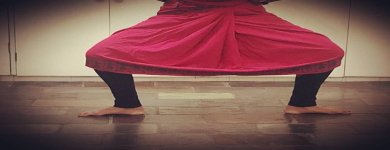 This month, as part of the 'Bharathanatomy' series, we will discuss Muscles; Bundles of fibre which possess the potential to contract. Muscles can contract (activate) in various ways to a) generate movement and/or b) maintain a position. NOTE: all and any major muscle(s) may contract in all three ways. 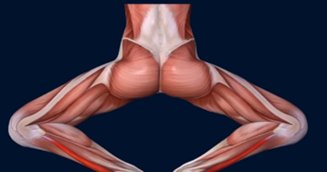 1. ISOMETRIC CONTRACTIONS: There is no movement generated in this type of muscle activation (contraction). The length of the muscles remains the same and static throughout the position. Example is Mandala Sthana or Araimandi. Here, several muscles remain in the same length while being activated (contraction) in order to sustain the posture. 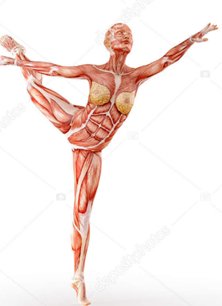 2. CONCENTRIC CONTRACTIONS: In this type of muscle activation (contraction), there is shortening of the muscle fibres which creates movement. Example: In the 2nd Naatadavu, there are certain muscles that have to shorten in order to lift the leg off the ground, bring the toes up and then help bend the knee to bring it back to Araimandi. This shortening of the muscle is a concentric contraction. 3. ECCENTRIC CONTRACTIONS: Here, the muscle fibres lengthen in order to generate movement. In the example of the 2nd Naatadavu: when one muscle shortens to stretch the leg out, at the same time, the muscle which sits opposite has to elongate in order to give this freedom of movement. Another important point to note is that in an eccentric contraction, the muscles have to oppose a greater force... GRAVITY. For example, in Bharatanatyam, in order to avoid injury to the ankle, knees and hips from the harsh forces, it is vital that during execution of an adavu, the sound of stamping the foot should not be heard or minimized as much as possible. If you think about it, when you stamp the ground hard, the large force that you generated from within your body hits the ground and is actually absorbed back up by the foot, ankle, knees, hips and then spine. Over time, this creates a wear and tear in the body and eventually leads to injury and inability to dance properly. However, because of gravity, our feet tend to just flop back to the ground during an adavu and we have difficulty controlling the way we place our feet. This is because there is reduced eccentric control. So in order to prevent injury, the dancer would have to complete exercises which improve eccentric muscle control. Feel free to contact me if you would like to learn more about these. If you were doing a push up, you would need eccentric strength to not fall on your face! Eccentric contractions are all about control! It is all about not just flopping down against gravity but rather opposing gravity in a controlled manner. 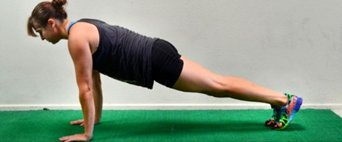 Here, eccentric contraction is used to lengthen the necessary arm muscles in order to get down close to the ground but not fall on her face. 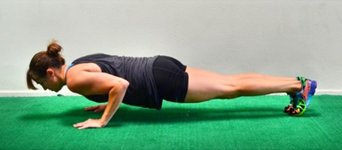 Once close to the ground, if she chooses to remain in that position statically (no movement) then she will be using isometric contraction/strength. 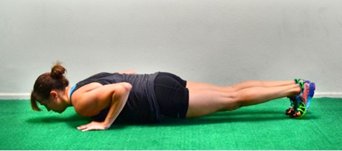 Then, to return from low to the ground back up, she would need concentric contraction to push herself up into the first posture. So now that you have some understanding of the different types of muscle contractions, here is your homework for the month: Try to analyse the muscle contractions in tha ththei tha ha adavu. You may contact me if you would like an appointment to recover from injury which is affecting your dancing or to simply better your dancing, on bharathanatomy.consults@gmail.com. See you next month with another topic! Sneha Rajagopalan is a physiotherapist from Melbourne, Australia, working in the area of rehabilitation of patients with a neurological disorder as well as treatment of sporting related injuries of muscular and/or skeletal origin. A Bharatanatyam dancer of 20 years in the Kalakshetra style, she is currently learning under the tutelage of Archana Raja. She is in the process of starting up her own online physiotherapy practice under the name Bharathanatomy, for rehabilitation and exercise training for the specific population of dancers globally. Post your comments Provide your name and email id along with your comment. All appropriate comments posted with name and email id in the blog will also be featured in the site. |